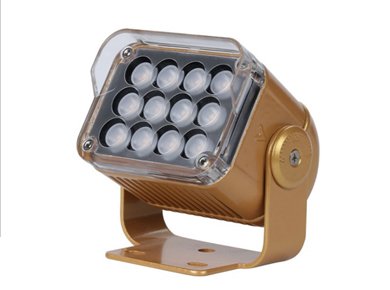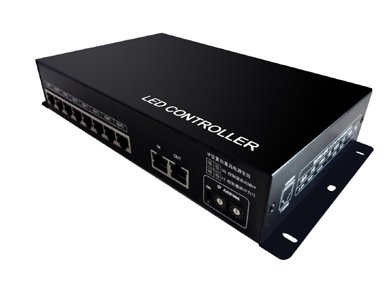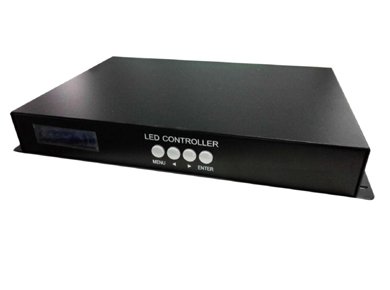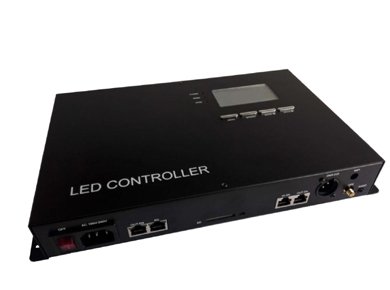Standard Testing of LED Wall Washer Lights

Temperature rise testing is an essential procedure in product safety testing, with regulations imposing certain temperature rise limits for different components. During the product design phase, manufacturers must prioritize the thermal management of the product, paying extra attention to certain parts (such as insulating sheets).
Components that operate under high-temperature conditions for extended periods are prone to damage, which could lead to fire or electric shock hazards. The power supply modules inside the lighting fixtures are in a closed and narrow space, where heat dissipation is restricted. Therefore, when selecting components, manufacturers should choose specifications that are suitable for the components, ensuring they operate within a certain margin to prevent overheating due to prolonged operation near full load.
Aging test: LED wall washer lights are subjected to approximately 24 hours of aging testing before leaving the factory, followed immediately by a waterproof test.
The waterproof test should be conducted immediately after the aging test. This sequence is essential to simulate real-world conditions and accurately test the actual IP protection level of the LED wall washer lights. This method, generally referred to as a hot test, replicates the expansion and contraction that occur when the light fixtures heat up during illumination. This test essentially evaluates whether the LED wall washer lights can withstand harsh outdoor conditions, ensuring their waterproof and dustproof capabilities remain uncompromised in the face of wind, rain, and sun exposure.
Fault testing is a critical component of product certification testing. This test involves short-circuiting or opening the circuit on some components to simulate potential failures that might occur during actual use, assessing the product's safety under single fault conditions. To meet this safety requirement, product designs should consider incorporating appropriate fuses at the product input to prevent overcurrent caused by output shorts or internal component failures, which could lead to a fire hazard.

 6W LED module spot light beam ...
6W LED module spot light beam ... 思域EN-402W 说明书 V1.0 (适用A1)
思域EN-402W 说明书 V1.0 (适用A1) 思域EN-508W 说明书 V1.0 (适用于A1)——PC ...
思域EN-508W 说明书 V1.0 (适用于A1)——PC ... 思域SN-500 说明书 V2.2 (适用B2, C2, C ...
思域SN-500 说明书 V2.2 (适用B2, C2, C ...